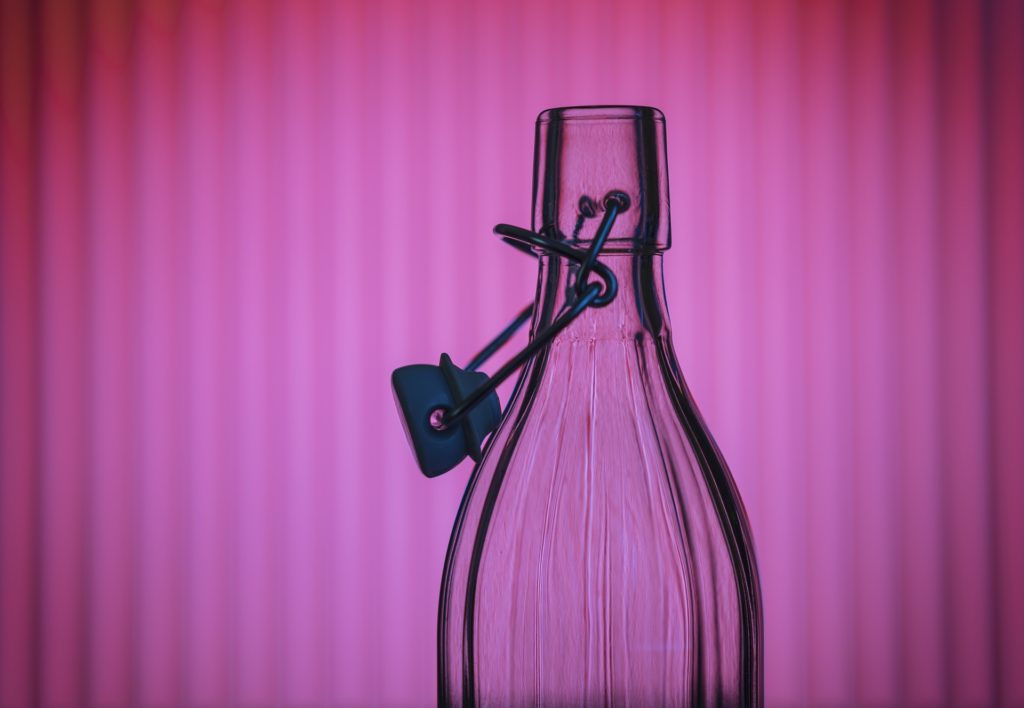Fever-Tree has just launched a pink tonic water. The British-based company set up a North American office earlier in the year and is now pushing their new product into the North American market. According to Market Watch, the blush-coloured beverage is flavoured with exotic spices and citrus fruits.
There seems to be a rose-colored trend in the beverage market itself. The mixer will be in competition amongst spirits, rose ciders and pink rosé. The trend is especially popular amongst millennials’, being an “Instagram-friendly” drink color. This specific product will be sold in packs of four and at a retail price of $5.99.
This beverage could be a growth opportunity for drink manufacturers. Being a pink-coloured mixer differentiates this product from its rivals in the market. The competition includes drinks such as Sweet Revenge Whiskey, Código 1530 Rosa Tequila and Gordon’s Pink Gin, which are all drinks with a rosy tint.
The mixer might also allow for a market for other types of non-alcoholic rose drinks. The tonic water can be used in gin and tonics and other mixed drinks but also can be used as a solo beverage and replacement for sodas. Some may argue that there are already soda alternatives and mixes, however this product’s natural flavours and pink tone set it apart.
The popularity in rosé is a prime example of the rosy drink trend. Rosé exports from France to the US are up 4,853 percent since 2001. Orders for rosé have risen 300 percent from June 2015 to June 2016. In addition to these sales, the prices per bottles are also climbing. Nielsen reported the price for premium imported rosé is $17.09 per bottle, on average.
This color trend isn’t new; Food Business News previously reported that coloured foods and beverages are appealing to consumers.
“Across the world, consumers are sending a powerful message to manufacturers that they want the colors in their food and drink products to be natural. The trend is expected to continue well into the future, with more and more manufacturers keeping pace with customer preference by swapping artificial colors for natural alternatives,” Food Business News stated in their article.
Colour can influence a consumer’s perception of taste and preference; certain colours can have expectations. The colour rose can be associated with a natural taste and even the season of summer. Rosé has been called the drink of the summer on several social media outlets and has been featured on the profiles of many consumer Instagram accounts. This hints at a higher popularity within the millennial consumer demographic – a majority of whom are reaching the legal drinking age in areas across North America.
This mixer allows the non-legal consumers to join the social media trend. Other beverage producers can benefit by finding a way to appeal to both consumers who consume alcoholic beverages and those who don’t while keeping the rose trend top of mind.












Join or login to leave a comment
JOIN LOGIN